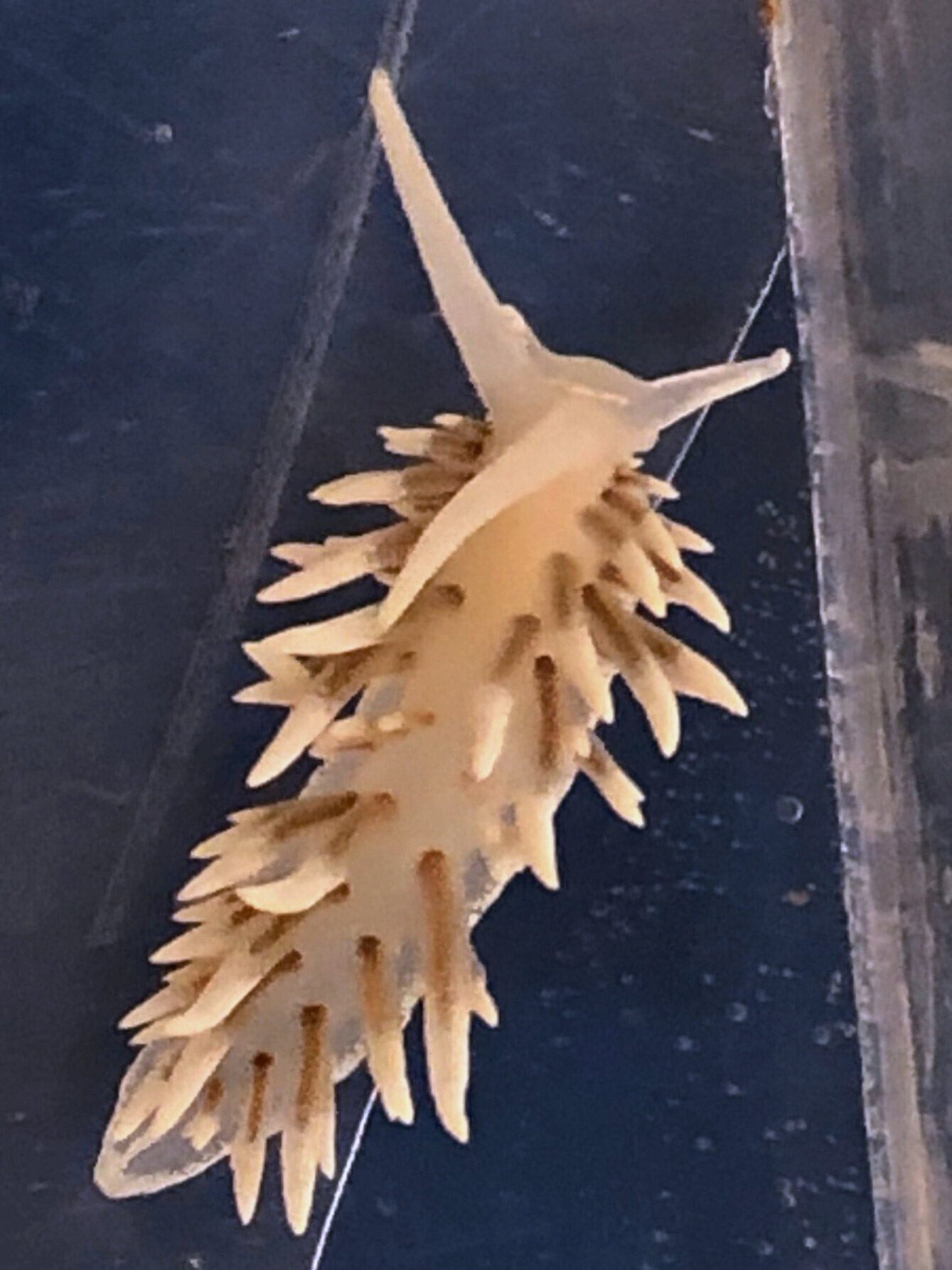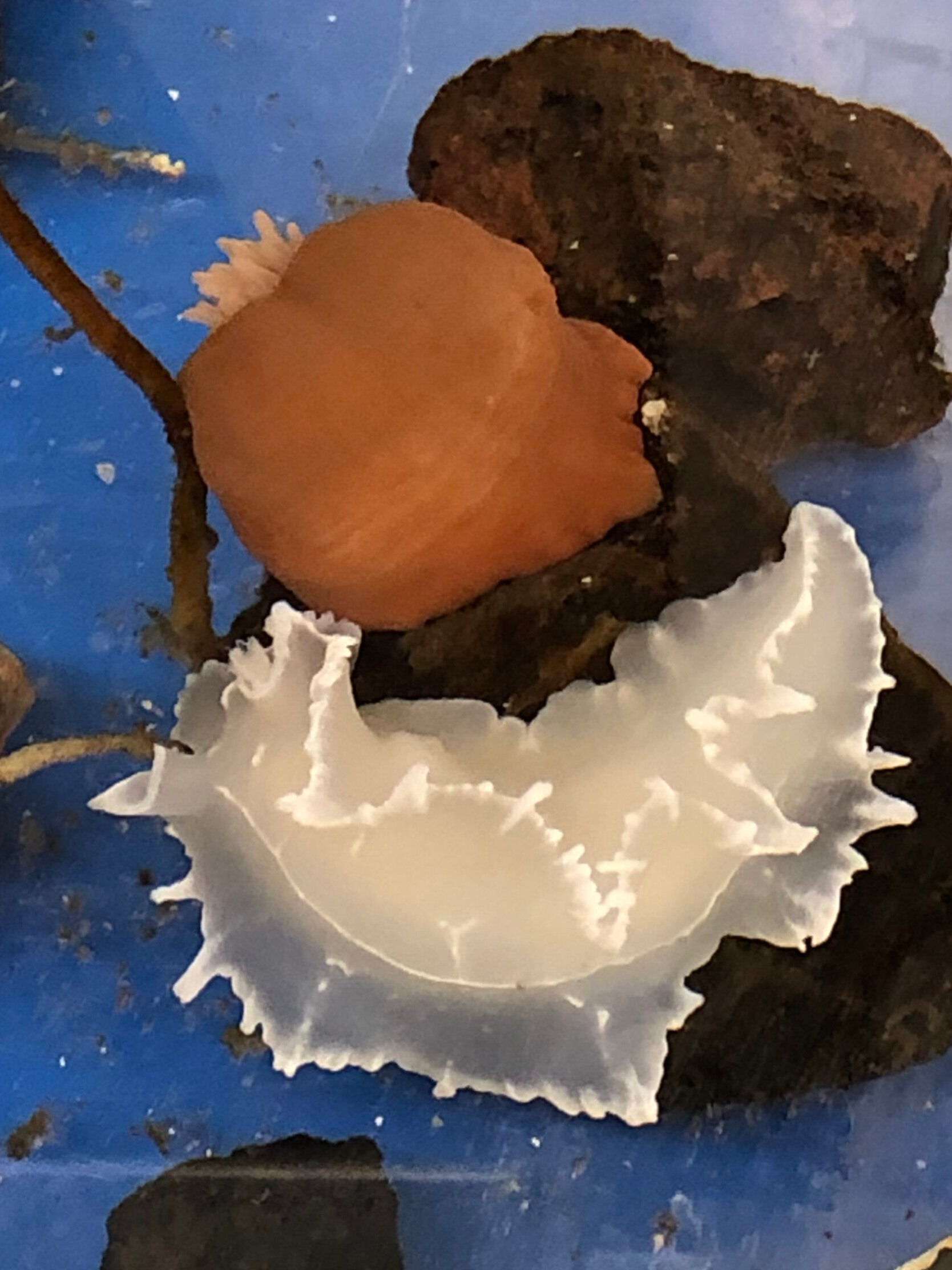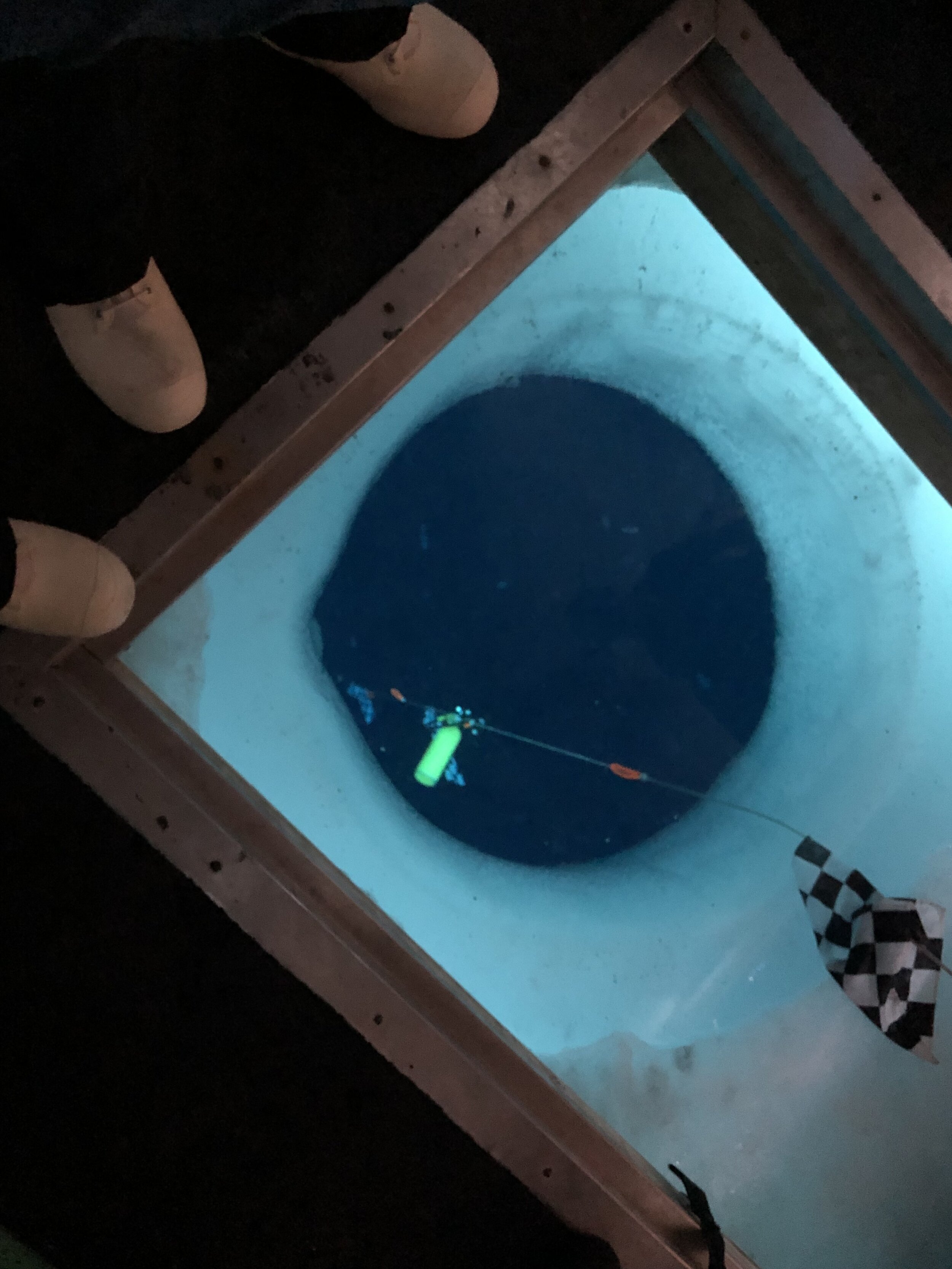On our first trip, we arrived at McMurdo Station, Antarctica on Sept 17 2019, after a remarkably smooth flight from Christchurch, New Zealand. The first tasks were to complete a number of safety trainings, set up our laboratory equipment, and collecting animals.
Our animals
We keep our animals in the aquarium room of the Crary Lab. So far we have collected adults and embryos of several sea spider and nudibranch species. Stay tuned for more pictures!



The Sea Ice
sea ice training for the new team members! Mt. Erebus, the southernmost active volcano in the world, looms in the distance
McMurdo Sound freezes over with several feet of sea ice every winter, so we access most of our dive sites by driving on established routes across the sea ice. The sea ice formed a bit late this year so we’ve been staying near station until it firms up.
Drilling
While seal breathing holes and cracks in the ice do provide some natural means of accessing dive sites, most access to the water is through holes drilled by heavy equipment. Whenever possible, a heated hut is installed over the dive hole to keep the divers warm, and to prevent the hole from freezing over.
Diving
Diving mostly takes place through holes in the floor of huts which are placed over the drill holes. Sometimes the water is so clear you can identify different species of animals on the bottom, 80 feet below! The divers are always glad to return to the warm hut. Despite the many layers of insulation under everyone’s drysuits, after about 30 minutes the chill sets in…




